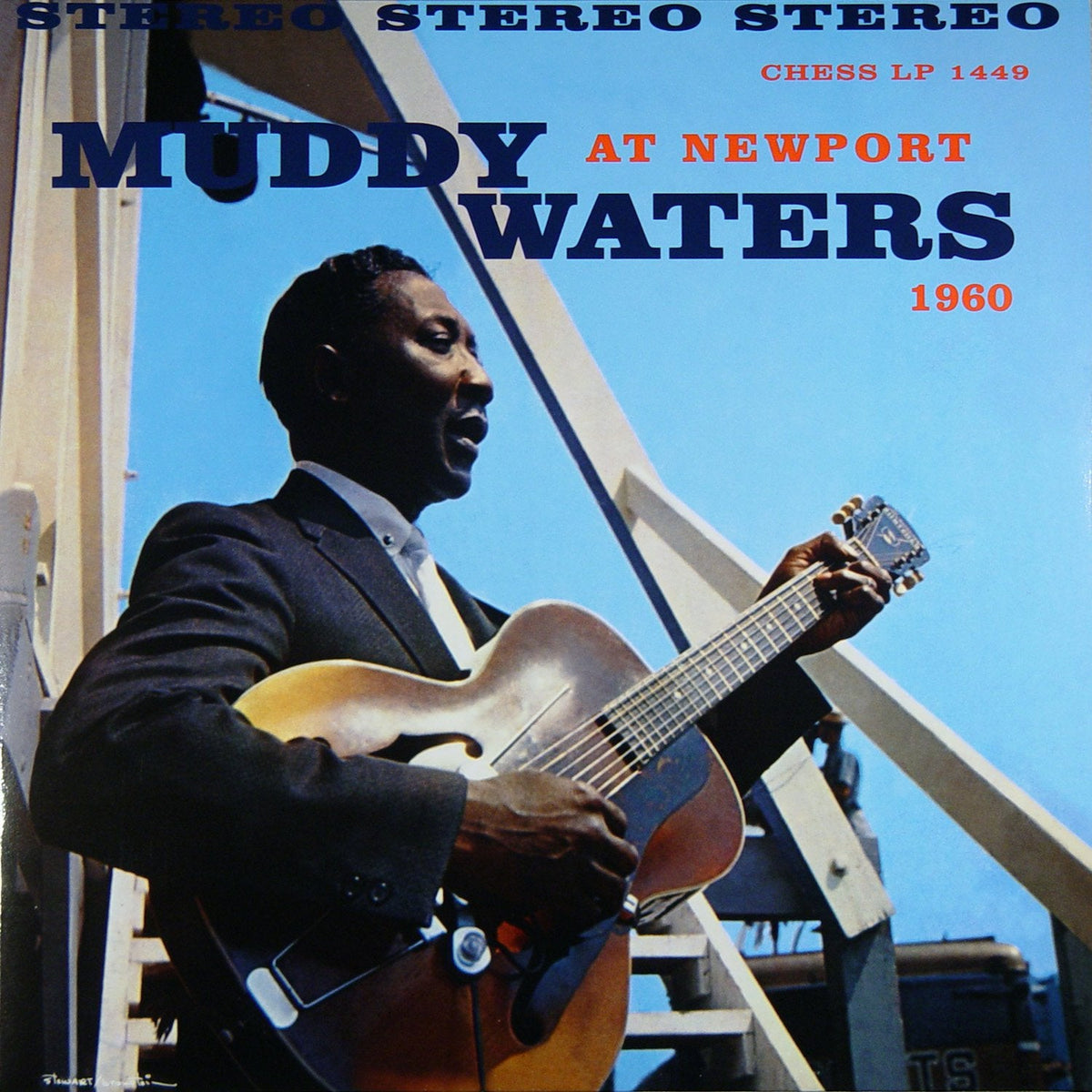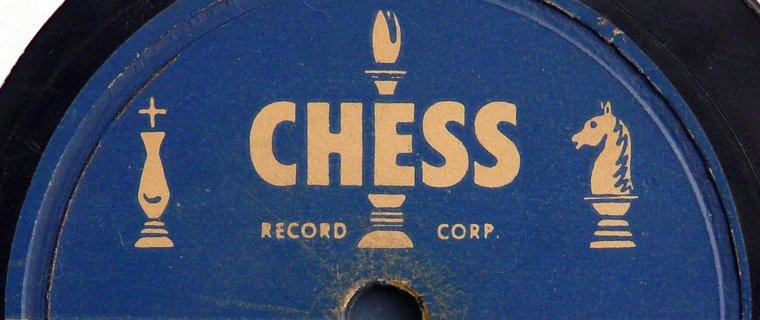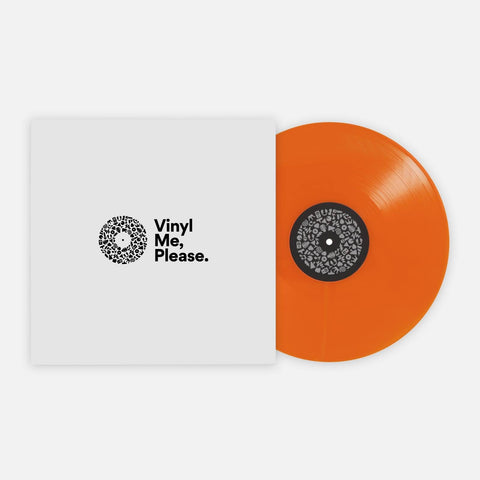‘Fathers And Sons’ Brought Muddy Waters To A New Generation
Read an excerpt from the Listening Notes for our new reissue of the blues classic
In December 2018, members of Vinyl Me, Please Classics received Fathers and Sons, a 1969 electric blues album from the legendary Muddy Waters. It’s an album that found Muddy collaborating with a lot of the young, white bluesmen who treated his catalog like a talisman, and it hadn’t been reissued on vinyl in the U.S. in almost 30 years.
Below, you can read an excerpt from our exclusive Listening Notes Booklet that is included with our edition of Fathers and Sons.
The late ’60s were a mixed bag for Muddy Waters. A left-turn into psychedelia with his 1968 album, Electric Mud, had alienated his base. Though it elicited a short-lived sales spree and an enthusiasm among youth culture across the pond in England, Waters didn’t love the feeling that he’d sold out, that he’d abandoned the very sound he’d made popular. In 1969, Waters needed to pivot, and away from the longhairs.
Waters was held high atop a pedestal by the late 1960s, though the sound he’d spearheaded was on the decline in the wake of rock ’n’ roll. He was regarded as the quintessential Chicago bluesman, who’d electrified Southern country blues with an urgency and charisma heretofore unknown. The boy who’d grown up on the Stovall Plantation in Mississippi had stormed the ultra-liberated South Side club scene of the 1950s — evangelizing style and sex to legions of black Americans who’d gone from having nothing in the segregated South to making a decent living wage in the industrial North.
Like any hard-working Americans, South Side denizens clocked out from their factory shifts in search of a good time. Muddy was happy to deliver. “These were load clubs, just like people go to rock clubs today, there was all these people in dark clubs, late at night looking for sex,” Marshall Chess explained to Clash Music in 2008. “The thing about Muddy Waters, when he did “Hoochie Coochie Man” or “I Just Wanna Make Love to You,” he was like a young sex symbol… just like some young rock band now. People would scream and women would go crazy. I was in those clubs when I was young, and I got a taste for it. These were steamy places.”
By 1960, though, American youth culture was more interested in the rock ’n’ roll sound spearheaded by Chuck Berry and Carl Perkins, and popularized by Elvis, than the electric blues Waters had created. By 1967, the Summer of Love in San Francisco had seemingly infected the entire nation. Waters’ fifth studio album, Electric Mud, was a Hail Mary pass from the hands of Marshall Chess — son of Chess Records co-founder Leonard Chess — who’d started his own Cadet Concept Records offshoot to sign more progressive, youth-focused acts.
The young Chess’s first project was Rotary Connection, the psychedelic avant-jazz collective with Chess receptionist Minnie Riperton on vocals. And he retained some of that personnel for Electric Mud, looking to cash in on the popularity of the decade’s embracing of psychotropics-inspired sounds and art. Electric Mud was billed as a concept album, a sort of freaky symphony gathered around Waters’ impassioned voice, a deliberate union of then and now. For Waters it was a stretch, particularly because his best performances in a studio were those that embodied the spirit of his live performances. For Electric Mud, he was an old dog propped up among a sea of hep cats.
The album peaked on the Billboard 200 at No. 127, his first record to chart. But Waters’ fans smelled a rat. Rolling Stone panned the album as a deliberate bastardization of a blues figurehead, and a desperate grab for the coins in kids’ pockets. Outside the U.S., though, British rock and rollers were enamored. It energized legions of emerging psychedelic rock acts there, white boys who sought to emulate Muddy’s hardworn vocals with the Rotary personnel’s sonic touchstones. Marshall Chess even remembered seeing an Electric Mud poster on the wall at the Rolling Stones rehearsal space the first time he visited.
“Quite naturally, I like a good-selling record,” Waters said of Electric Mud, according to liner notes from a ’90s-era reissue of the album. “I was looking at it because I played for so many of these so-called hippies that I thought probably I could reach them.” Though pleased with its sales at the time, Waters later bemoaned the album as a misstep. He found the host of psychedelic accoutrements embarrassing, and sensed that the record’s intentions were as transparent as his later, very vocal regrets. “That Electric Mud album I did, that one was dogshit,” he told Guitar Player magazine in 1983, in one of his last interviews. “But when it first came out, it started selling like wild, and then they started sending them back. They said, ‘This can’t be Muddy Waters with all this shit going on — all this wow-wow and fuzztone.’”
To counterbalance the mixed bag of reception, Waters soon released that album’s follow-up, After the Rain, in May of 1969. An album comprised largely of new, original material, the record was foreign to Muddy fans in a different way. Whereas Electric Mud fuzzed-out a string of Waters classics, After the Rain provided nothing for audiences to latch onto. There was no aural recognition. No classics.
Though it was less intentionally psychedelic than Electric Mud, it did retain some of the same studio players and, therefore, a de facto spirit of that album. This, combined with entirely new material, left little for audiences to celebrate. Recorded and released in just five months, it was a hurried, at best, attempt to reassure audiences of Waters’ blues purity. It elicited little attention and even less fanfare.
In between the recording and release of After the Rain, a couple of white blues players had approached Chess Records with an idea: They wanted to make a record as Muddy’s backing band. Guitarist Michael Bloomfield was a Jewish kid from a well-to-do Chicago family who’d ingrained himself among the black blues musician of the South Side. A self-taught guitarist, he worshipped at the altars of original rock ’n’ roll players like Carl Perkins and Little Richard before discovering the blues scene happening in his own backyard in Chicago.
“I started hearing blues when I was around sixteen,” he told Rolling Stone in 1968. “That was just a whole other thing. Like I was playing the same notes that they were playing, but when I would take my solos they weren’t the same… those cats were using the same notes and it was all right. And I just couldn’t figure out the difference. It takes a long time to really learn how to play the real shit, knowing where you’re supposed to be you see and that’s the shit you want to master.” By the late ’50s, Waters knew him as one of the white kids who’d bussed around Chicagoland, and across state lines to Gary, Indiana, to his shows.
By the early ’60s, Bloomfield had befriended flautist-turned-harp blower Paul Butterfield, another white local acolyte of Muddy’s electric blues. They’d both gigged at a North Side folk club called Big John’s, and had jammed among student enthusiasts on stoops at the University of Chicago campus. Soon, Butterfield invited Bloomfield to join the blues-inspired rock group he’d formed. Bloomfield was considered a prodigy among electric blues heads, so it’s no surprise Butterfield wanted him on board, perhaps to the chagrin of Elvin Bishop, the group’s original guitarist, who eventually grew tired of playing second fiddle — or guitar, in this instance — to Bloomfield.
Along with Bishop and keyboardist Mark Naftalin, and two members of Howlin Wolf’s band, drummer Sam Lay and bassist Jerome Arnold, Butterfield had created an ensemble of the most enthusiastic local white blues players. The Paul Butterfield Blues Band’s 1965 self-titled debut hit the Billboard 200 at No. 123 but, more importantly, it yielded an unofficial anthem for the city that remains a throughline today: “Born in Chicago,” a quintessential white-boy blues-rock ditty if ever there was one. The group’s second best-known song? A cover of “I Got My Mojo Working,” popularized by their hero Muddy Waters in 1957.
Given that they owed their careers to Waters’ influence, it’s no surprise that Bloomfield wanted to do a proper record with Muddy. His friend and trusted collaborator Norman Dayron backed the idea. Dayron was a New Yorker who’d also rubbed elbows with the Butterfield crew at the University of Chicago in the Hyde Park neighborhood of the South Side. He’d come to town on a scholarship, but it covered only tuition, so he took a job cleaning up after sessions at Chess Records. “During the sessions, people would throw up on the recording board,” he told Tape Op Magazine in 2001. By 1965, he’d become an apprentice engineer, and then an apprentice producer. Local songwriting giant and producer Willie Dixon even took Dayron under his wing. “He [Dixon] was like a conductor,” Dayron added. Soon, Dayron became a known presence among Chicago bluesmen, engineering albums by musicians such as Robert Nighthawk, Otis Spann and Mississippi Fred McDowell.
The idea for Muddy’s next album, Fathers and Sons, was conceived in Marshall Chess’ living room. Bloomfield was a friend from high school who’d posited the idea of Chess doing a record with their blues figurehead, backed by a group of younger musicians he’d inspired. Well aware of the blues resurgence in the wake of the popularity of acts like the Rolling Stones and the Yardbirds in England, Chess conceded that a pivot away from placating the hippies, as he’d done with Electric Mud, could be a fruitful exercise. Bring the longhairs to old Chicago instead, he thought. “When that happened, I thinks to myself how these white kids was sitting down and thinking and playing the blues that my black kids was bypassing,” Waters told Rolling Stone in 1978. “That was a hell of a thing, man, to think about.”
“It was Mike Bloomfield’s idea,” Chess told Billboard in August 1969, of the nexus of Fathers and Sons. “He was at my house and said he wanted to do a thing with Muddy. He had talked about it with Paul Butterfield, too. Both of them had talked with [producer] Norman Dayron. Since Mike and Paul were coming to Chicago for a charity concert we decided that maybe we could cut an album then, too, and the whole thing just built up.”
Dayron's debut as a producer came with Muddy’s second LP of 1969. It was a chance for Bloomfield and Butterfield to pair with the men they considered their mentors, Waters and Spann. The album’s name was an extension of that thesis statement: Waters and Spann were the “fathers” of the blues, who were joined by their prodigal sons in Bloomfield and Butterfield. Marshall Chess told Billboard that Dayron poured over the Chess vault for three weeks in preparation for the album. “We planned the session around older, more obscure Waters material — classic tunes. Some, Muddy didn’t remember,” Chess said. “We had 21 songs and finally trimmed it down to 15: six on the live session and nine in the studio. Some of the session ran five hours. There was a lot of talking. A lot of spectators, people who love the blues, were allowed to watch. It was just a totally cooperative effort.”
Fathers and Sons remains Muddy Waters’ greatest mainstream success, peaking at No. 70 on the Billboard 200. A fortuitous cocktail of timing and talent kickstarted a career resurgence for Waters that would last through his critically lauded albums with guitarist Johnny Winter through the late 1970s. Bloomfield and Butterfield had the deference and skill to deftly elevate Muddy’s style, playing slow enough, and with enough grit, to convey the heart of his freewheeling load club origins. Though the personnel certainly galvanized the setting, it was Muddy’s zeal for the the affair that proved most affecting. His vocal performances throughout the album’s 15 tracks were the best since his 1960 debut at the Newport Folk Festival. Indeed, it’s rumored that backstage at the live jamboree, Muddy muttered excited comparisons to that coming out near a decade earlier. In an era engulfed by white psychedelia, Muddy Waters proved the biggest rock star of all.
Erin Osmon is a Los Angeles-based music journalist who lived in Chicago for 15 years. She regularly writes liner notes for reissues of historic albums, as well as articles for many print and online music publications. Her book about the musician Jason Molina, Riding with the Ghost, was released in 2017.
Related Articles
Join the Club!
Join Now, Starting at $36Pages







